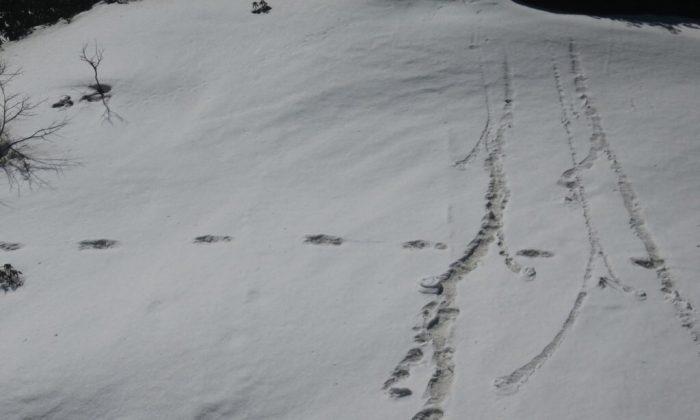The Indian army claims to have found 32-inch footprints of a Yeti in the snow during an expedition in the Himalayas and posted photographs to social media.
“For the first time, an Indian Army Mountaineering Expedition Team has sited mysterious footprints of mythical beast ‘Yeti’ measuring 32x15 inches, close to Makalu Base Camp on 9 April 2019,” the Indian army tweeted.
“This elusive snowman has only been sighted at Makalu-Barun National Park in the past.”
The army decided to go public with the pictures 10 days later to “excite scientific temper” and “rekindle interest” in the matter.
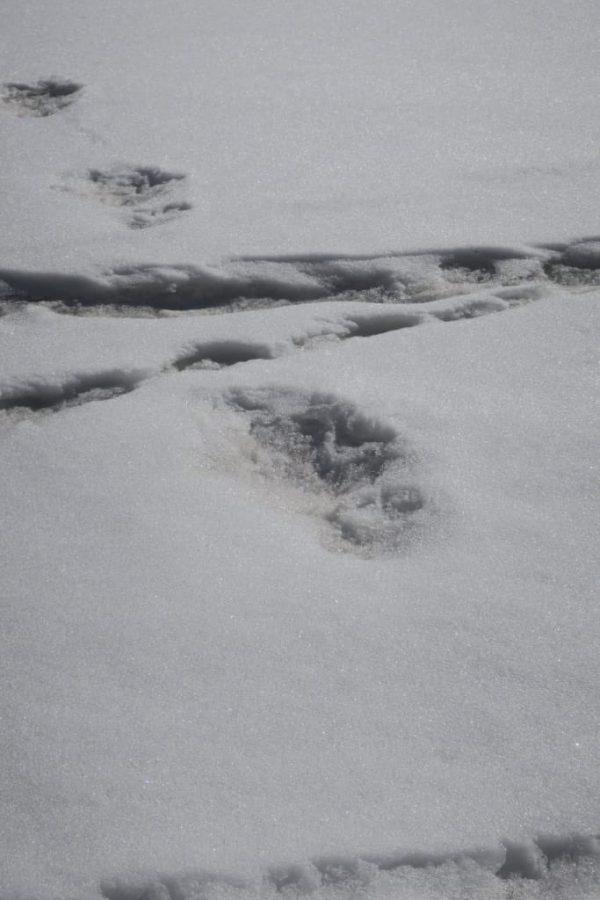
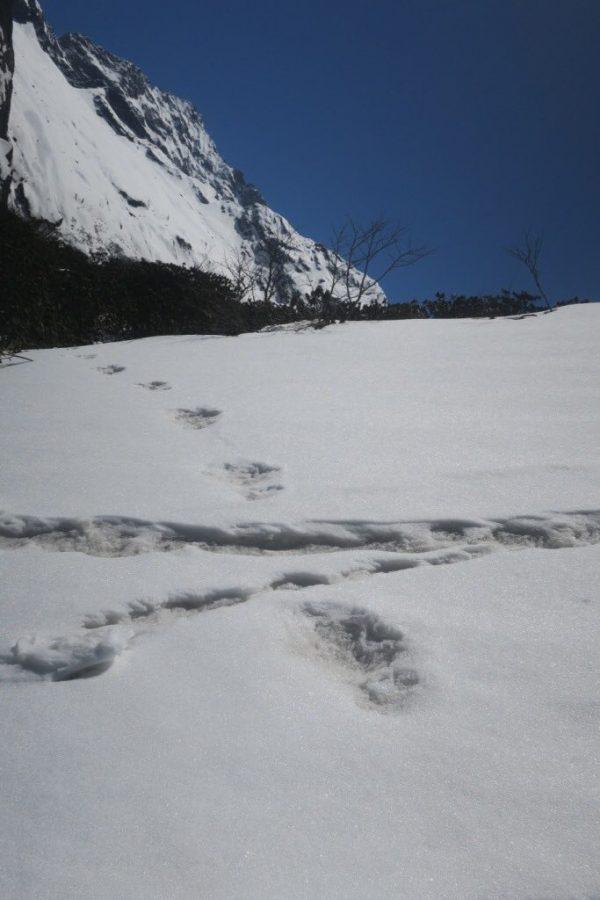
Whilst some of the responses appear to support the army’s claim that this is evidence of the existence of the mythical snowman, many tweets share a common criticism: the Yeti appears to be either one-legged or hopping.
“Two weird things in these pics,” wrote one Twitter user. “1. Distance between each footstep is too large. 2. Only a single footprint is seen. Normally should there not be prints of both the feet?”
The photographs were taken in eastern Nepal, near the base camp for climbing Makalu, the fifth highest peak of the Himalayas.
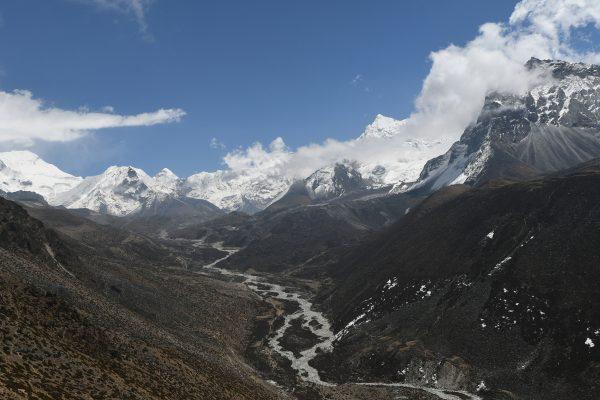
The Yeti is sometimes known in the west as the “Abominable Snowman.” According to National Geographic this was coined in 1921 by journalist Henry Newman, but is a mistranslation of the Tibetan name Metoh-Kangmi which actually means “dirty men in the snow.”
Although tales of the Yeti first caught the imagination of the Western world in the 19th century, the hairy ape-like figure, taller than a man, has long been a feature of folklore in Nepal.
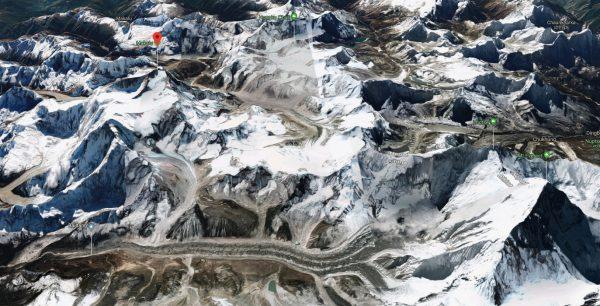
The allure of finding the mythical creature, too, stretches back over thousands of years.
“Having heard stories of the Yeti he demanded to see one for himself, but local people told him they were unable to present one because the creatures could not survive at that low an altitude.”
Over 2,000 years later, and the Nepalese government decided to cash in on the Yeti in the 1950s, granting Yeti-hunting licenses priced at $500 per Yeti.
So far no one has found a Yeti, dead or alive.
